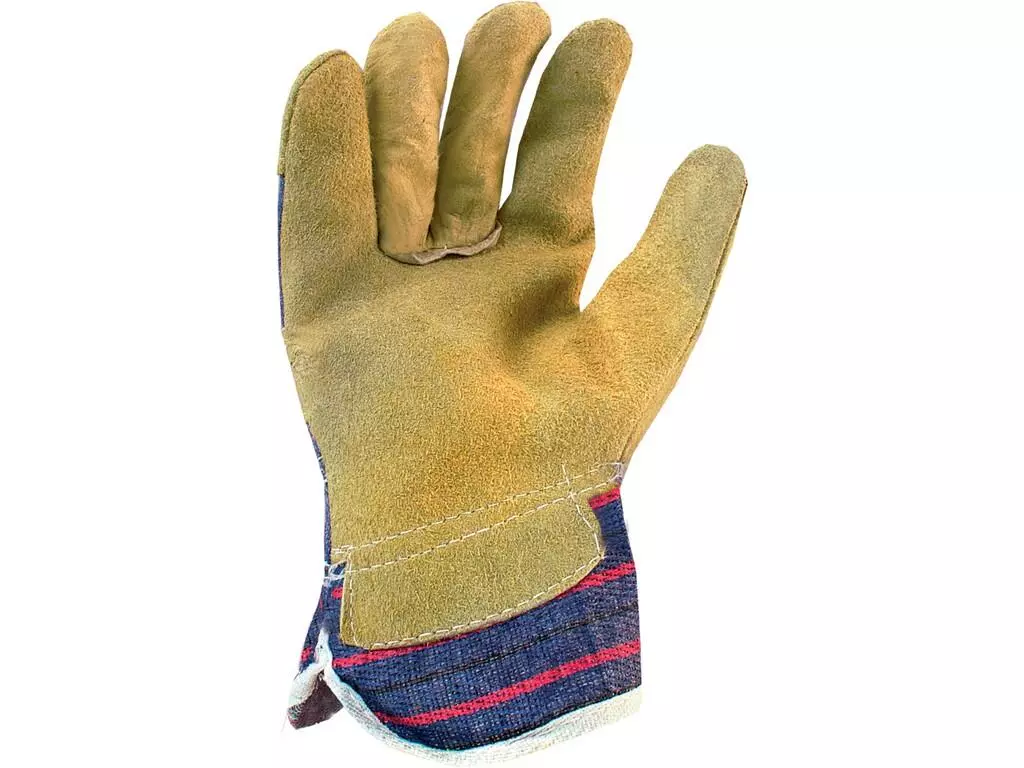Product description
Product Features:
- Combined gloves with palm lining
- Denim-like fabric on back of hand
- Suede-like material on palm and fingertips
- Reinforced knuckle area
- Safety cuff with brand information
Recommended application:
Logistics, Light Industry, Hobby, Construction, Agriculture
About Leather Glove
Leather Glove provides durable hand protection with natural flexibility and grip for demanding work environments. Crafted from quality leather, these gloves offer excellent abrasion resistance while conforming to your hand shape over time. Ideal for construction, manufacturing, and handling rough materials.
- Cut Resistant
- Hand Protection
Standards and labels
CXS delivery terms
Free delivery when you order more than 150,00 € from CXS
Supplier shipping fee 5,00 €
Brand minimum 50,00 €
Shipping fee is 5,00 € for orders under 150,00 €




